The Torre Attack review
If, like Simon Williams, you don't want to waste your life learning the main lines of the King's Indian defense — perhaps you prefer to be a lumbeerjack and have "trees" to chop — then the Torre Attack is definitely the opening for you!
I'd like to begin this review with an extended quotation from a book I'm reading, and which obviously I advise everyone to peruse. In "Unconventional Approaches to Modern Chess vol. 1" GM Ipatov in the preface makes some points which encapsulate the essence of why we study DVDs like Williams' latest.
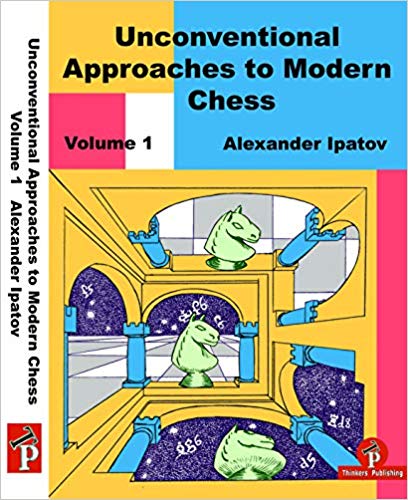 Ipatov writes:
Ipatov writes:
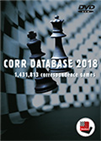 Corr Database 2018 is an extensive collection of correspondence games, featuring classical correspondence games played by mail as well as email games.
Corr Database 2018 is an extensive collection of correspondence games, featuring classical correspondence games played by mail as well as email games.
Thanks to the democratization of knowledge following technological progress, nowadays everyone knows chess openings. It is getting increasingly harder to obtain an opening advantage against a well-prepared opponent, even against a non-professional player who knows his lines well. Some players are stubborn and try to be better prepared than the competition by analyzing deeper (up to move 30 or even further), using stronger engines (e.g. ChessBase Cloud), getting access to correspondence and engine databases or by simply memorizing lines from fashionable opening books...
And then GM Ipatov continues with something which will resonate with many:
I believe that devoting most of the training time to studying mainstream theory is wrong. First chess is not fun anymore. Second: what other chess knowledge could you have acquired in that time?" I would quote even more, but then I'm sure some amateurs would instruct a trial and call me out for plagiarism. The point is: I agree wholeheartedly with Ipatov. What he writes in the preface of his book is spot on in describing the chess times in which we are living! In any case buy the book, so the FBI will not arrest me for violating the copyright and quoting too much! LOL
Williams in his DVDs strives to give us a sound opening, which is less used, and consequently can give us that advantage in asking the opponent to think with his head, and fail!
What is the Torre Attack?
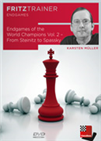 Enjoy Capablanca's fine technique, Tal's magic, Lasker's fighting spirit, Petrosian's defensive skills, Smyslov's feeling for harmony, and Alekhine's and Spassky's flair for the attack.
Enjoy Capablanca's fine technique, Tal's magic, Lasker's fighting spirit, Petrosian's defensive skills, Smyslov's feeling for harmony, and Alekhine's and Spassky's flair for the attack.As surely many could know "Torre" in Italian or other romance languages is the name of the piece called "Rook" in English, but the Torre Attack is not an attack from the rook. So as an answer to the question, it is definitely wrong. We get warmer with the presumption that the Torre Attack is a special opening weapon invented by Eugenio Torre, the first Asian grandmaster with an illustrious career. But, again, this case the explanation is not quite correct. Indeed, the Torre Attack is related to a chess player from the long forgotten past: Carlos Torre Repetto (1904-1978) was a Mexican GM from the time of Lasker and Capablanca.
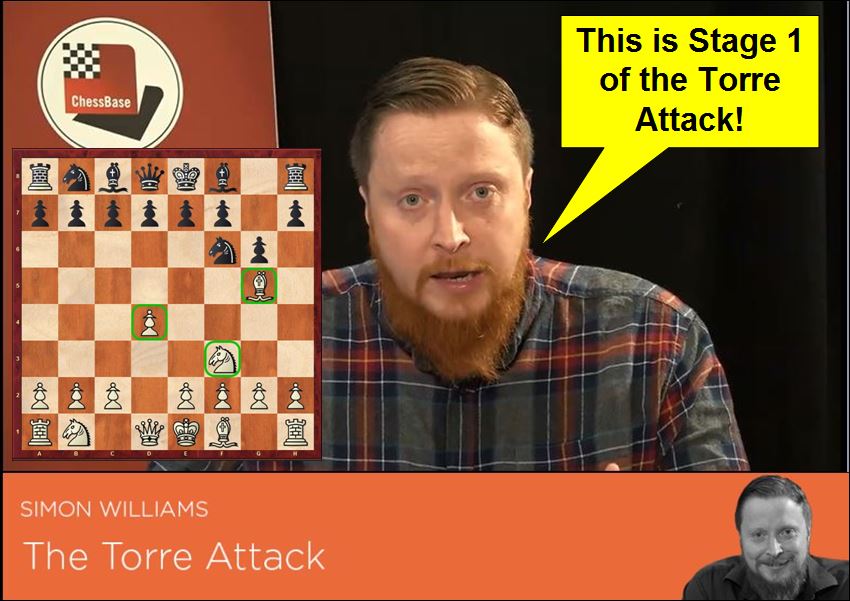
The following, is a famous game that illustrates the opening, and contains a very interesting tactical theme which many will have encountered in books or tactics puzzles without knowing where it came from:
 The name Emanuel Lasker will always be linked with his incredible 27 years reign on the throne of world chess. In 1894, at the age of 25, he had already won the world title from Wilhelm Steinitz and his record number of years on the throne did not end till 1921 when Lasker had to accept the superiority of Jose Raul Capablanca. But not only had the only German world champion so far seen off all challengers for many years, he had also won the greatest tournaments of his age, sometimes with an enormous lead. The fascinating question is, how did he manage that?
The name Emanuel Lasker will always be linked with his incredible 27 years reign on the throne of world chess. In 1894, at the age of 25, he had already won the world title from Wilhelm Steinitz and his record number of years on the throne did not end till 1921 when Lasker had to accept the superiority of Jose Raul Capablanca. But not only had the only German world champion so far seen off all challengers for many years, he had also won the greatest tournaments of his age, sometimes with an enormous lead. The fascinating question is, how did he manage that?As surely mentioned in many sources, it is important to have some role models in learning an opening. I found Petrosian, the ninth world champion, to be such guide.

Notice the second game of this small sample, against Chukaev, begins like a Torre attack, and becomes a London System, hence the need to study also the London (Williams and Davies have made each a DVD on the London) in order to understand how small changes can reflect also on the attacking ideas:
But also the Sorcerer (AKA Bronstein) can be a guide to learn the main ideas of the Torre Attack:
If one has watched the other DVD made by Williams on the Colle-Koltanowski, after watching all these games it's impossible not to notice many similar themes, and pawn structures.
When is the Torre really effective? For Williams the Torre attack is quite effective against the King's Indian Defense (KID) because it allows a player to have a life instead of studying the KID's theory all day long. As general overview Williams gives the following line against the KID: 1.d4 ♞f6 2.♘f3 g6 3.♗g5 ♝g7 4.♘bd2, and then of course goes into details:
Williams tries to find new aggressive interpretations of openings which are common, to give us an extra weapon — or at least an edge — against the usual suspects we meet over and over.
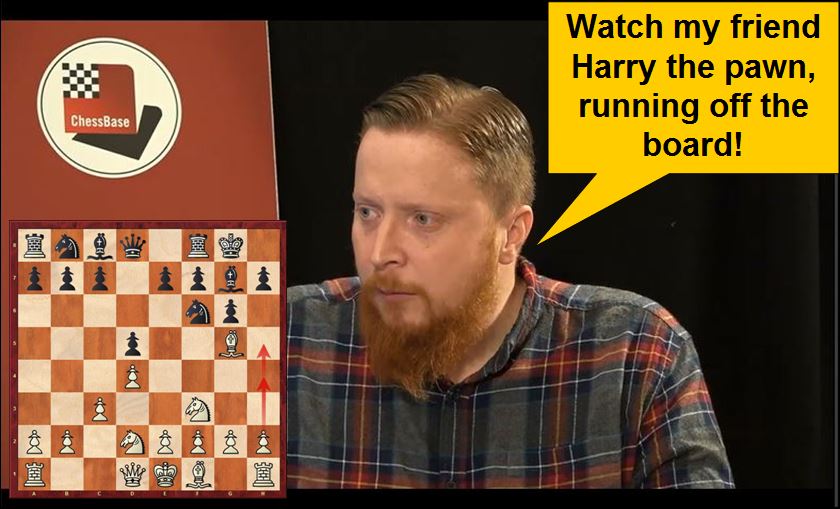
I found this video series full of novelties compared to past ones. The ChessBase technical team has given us some new ways to learn, train and improve our chess skills.
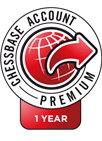 At the airport, in the hotel or at home on your couch: with the new ChessBase you always have access to the whole ChessBase world: the new ChessBase video library, tactics server, opening training App, the live database with eight million games, Let’s Check and web access to playchess.com
At the airport, in the hotel or at home on your couch: with the new ChessBase you always have access to the whole ChessBase world: the new ChessBase video library, tactics server, opening training App, the live database with eight million games, Let’s Check and web access to playchess.comPrevious series didn't have a training section, but this new one makes use of Opening Trainer (within openings.chessbase.com), these apps can be accessed from different operative systems. Yes, you heard it right — if you have android or iOS, you can access the ChessBase Account, and practice the opening lines in order to memorize them, or just play them over and over.

See "the new Openings.ChessBase.com"
And of course there is also a database file, with all the lines used in the DVD, which one can access like with previous video series (inside there are 3 game/files with all the theory needed):
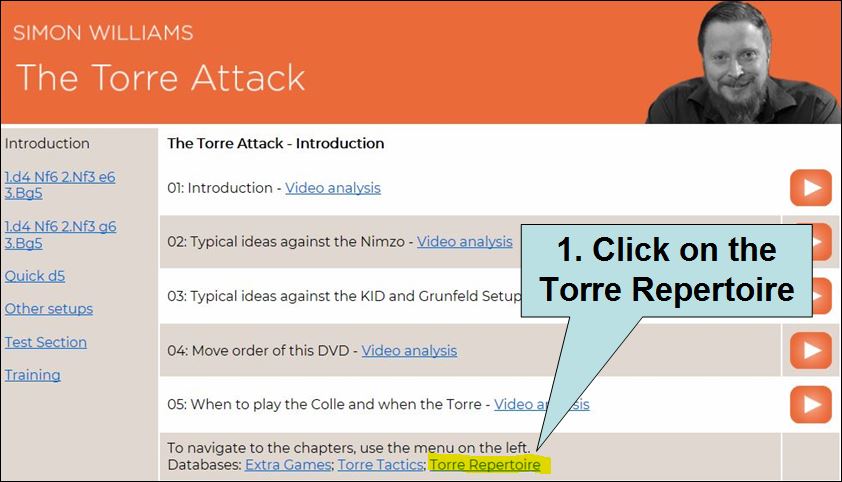
Click on "Torre Repertoire"
This opens the database of opening theory one can use to upload as opening repertoire in ChessBase or elsewhere. It can be used to train against Fritz, or keep it updated after each game with the new ideas learned or moves found by the competition.
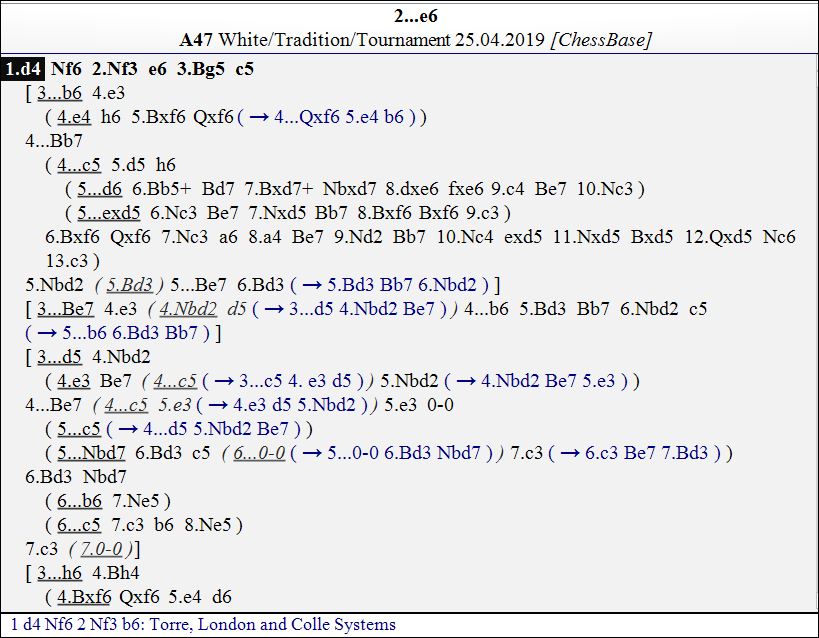
There is also access to Fritz Online, for playing the different variations one can learn from the DVD, or the Live Database which can give access to the latest games played in this opening.
The part I found quite important for me was the Torre tactics database (there are 91 games with multiple tactics questions). Often we play tactics online in order to train our instinct. The problem is those tactics never arise in our games, because they belong to a different opening. Instead, now ChessBase has created a tactics database with positions which tend to arise from the Torre Attack.
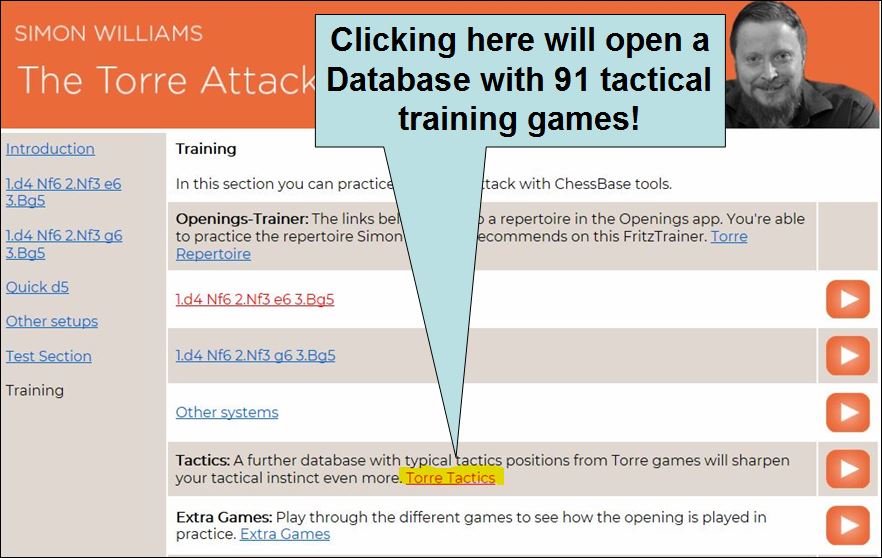
Trot though some Torre Tactics training!
Here are a few positions one can find inside this series, which you can play out below against the engine:
Black just played 14...♝g4 a blunder. How should you continue as White?
Black has just castled. How should White continue?
The idea of playing it against the engine is twofold; first, of course, is to find the right move which gives White the advantage. But then the second part is even more important. We need to learn how to convert the advantage into a win.
This new holistic integration of the ChessBase tools is a giant step into the evolution of the Amateur player into becoming a chess machine!
While it's true chess has become a field in which we have Too Much Information (TMI for borrowing a term used in one of GM Soltis' books). It is also true this new development can focus our training and help those players who, for economical or other reasons, cannot afford a personal chess coach.
There is a further point which I believe is important. In the past, in order to gather all this information, the average player would spend days consulting different chess books, which could be not updated. Instead, now we have the chance to be exposed to this opening, and the material faster, building a critical mass of knowledge in a shorter time, when before it would have taken years. Maybe this is also a contributing factor towards the growing number of IMs and GMs in the 12-14 year old range.
Moving beyond the novelties, let's review some regular content aimed at teaching us the intricacies and theoretical knowledge of this opening.
In the beginning Williams structures the course around fundamental ideas one must understand in order to play this opening. And of course he also gives us motivation to learn, through answering the following question: What are the advantages of playing the Torre?
- It's simpler to play (no need to memorize reams of theory)
- Easier to learn
- Black doesn't get the same attacking opportunities
- Black may not be well-prepared for Bg5
Som advice given by Williams, but valid also for other openings: be very aware of the move order!
 At the airport, in the hotel or at home on your couch: with the new ChessBase you always have access to the whole ChessBase world: the new ChessBase video library, tactics server, opening training App, the live database with eight million games, Let’s Check and web access to playchess.com
At the airport, in the hotel or at home on your couch: with the new ChessBase you always have access to the whole ChessBase world: the new ChessBase video library, tactics server, opening training App, the live database with eight million games, Let’s Check and web access to playchess.comWilliams quite rightly says this new journey in the Torre attack is, for him, a development of his chess personality. And, I must say, mine too! Why? Because, like Williams, I have played the London in the past few years, and become quite proficient at the opening, but there are certain structures the London doesn't handle well — at least not offering a real advantage. Hence, the need to begin to look for alternatives in order to find an edge as White. One of these structures was definitely the King's Indian Defence (KID). After the introduction video Williams has created three more videos which are general in scope but give an enough detailed overview for the most advanced players of what he'll be teaching against the KID, Gruenfeld, and the Nimzo-Indian. As usual, he highlights differences in move orders.
Referencing another DVD which should be studied with this one, he explains when to use the Colle-Zukertort (the title "Colle-Koltanowski" is somewhat of a misnomer) and when to stick with the Torre.
Most of the videos I just mentioned are over 20 minutes, so the overview is quite detailed, and this is the reason why I say those videos can be quite useful to advanced players who, like me, might have played the triangle pawn structure of the London for few years. After watching these introductory videos one could jump directly to watch all the games of the "extra games" database (Williams has selected 60 games from contemporary practice), and gain a theoretical understanding of what to play. Then of course the next step is to practice the different lines, though playing many games. But, like I mentioned in the beginning, here the new training system devised by ChessBase is an efficient tool.
The video series runs for over 7 hours, and here's a detailed view of the lines treated.
The DVD has 12 video tests in which Williams drills the viewer showing a position he has explained in the theoretical videos, and asking the viewer to take charge and find the correct continuation, giving feedback if the move found was correct or not.
Final thoughts
Throughout the DVD, Williams has given two ways to play the opening: one solid and positional, and the other aggressive. This is important to provide flexibility depending on the situation we find ourselves in a tournament. For example if we need to win at all costs, an aggressive plan can help. Likewise, if in order to win the tournament we just need a draw, we can play more solidly (and maybe still gain the entire point). This can also be an asset if one has to play multiple games against the same player, since nowadays the tournament winner is often determined in a tiebreak.
The Torre Attack is an extremely effective way of taking your opponent into an uncomfortable situation right from move one.
Links
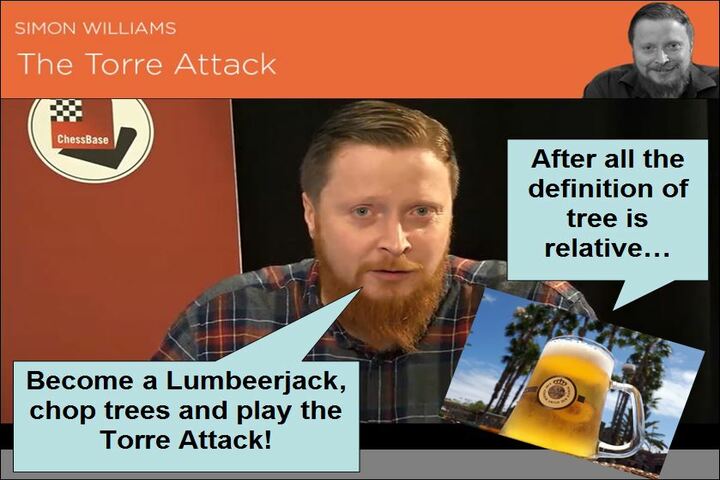

















 Ipatov writes:
Ipatov writes: 




